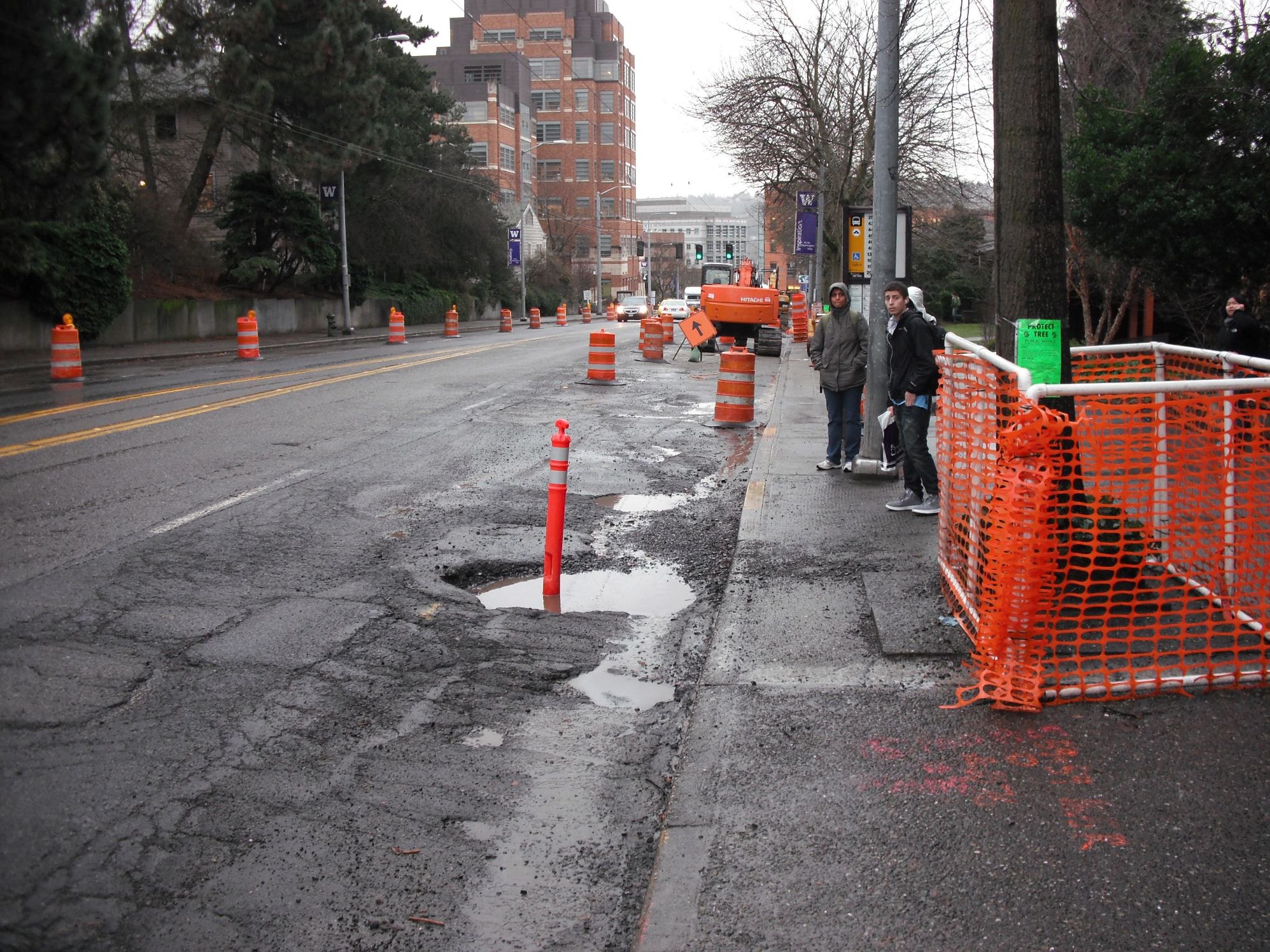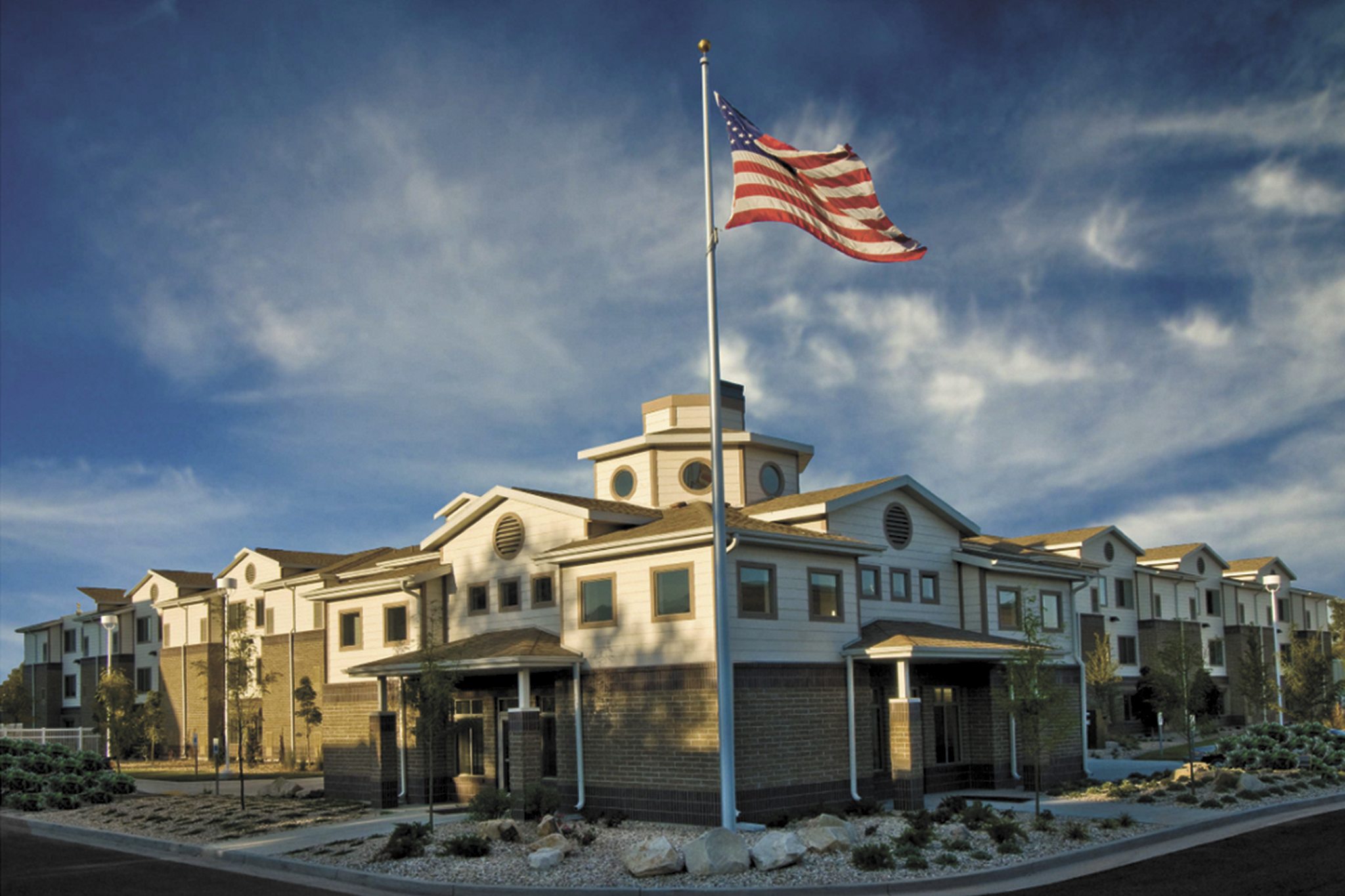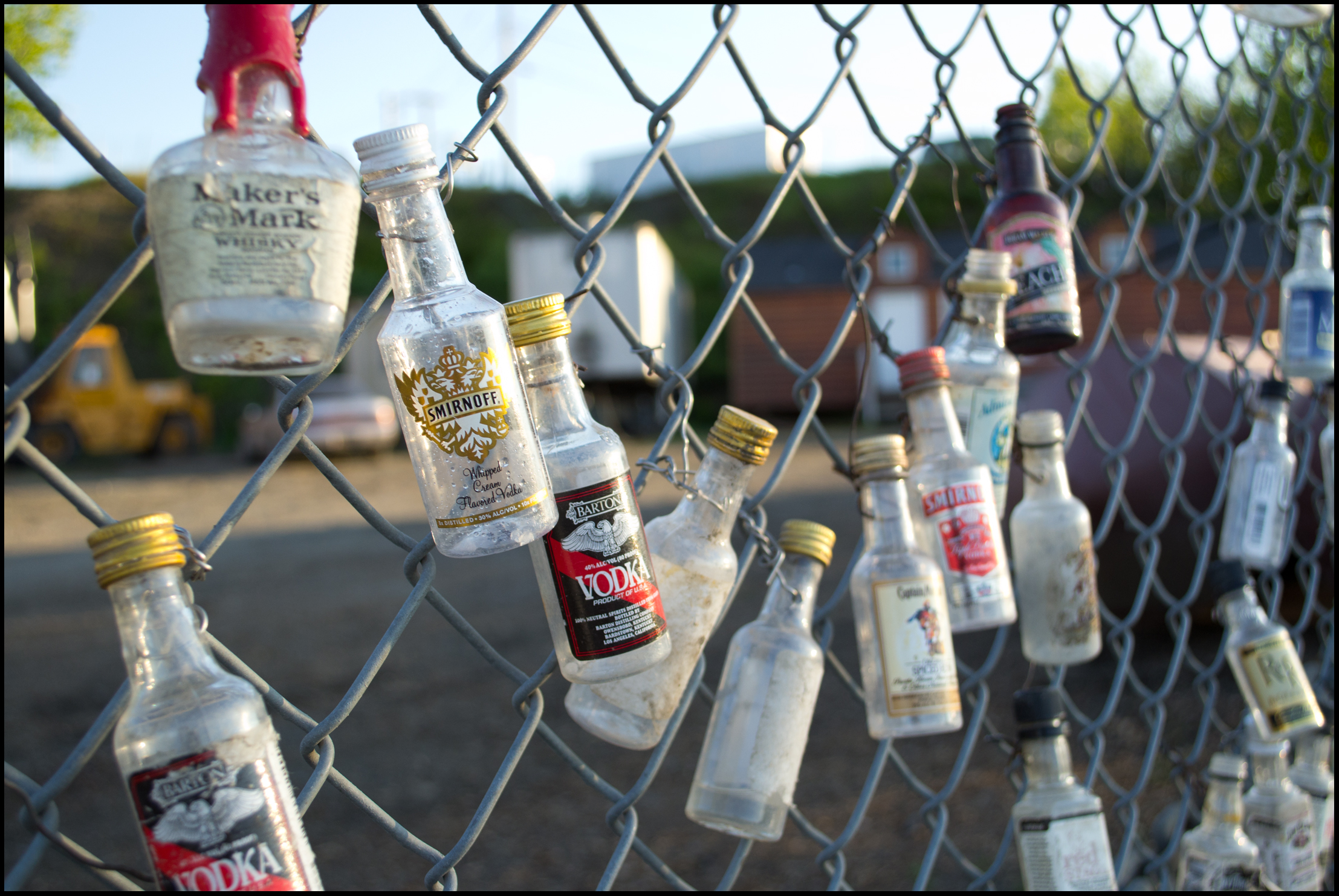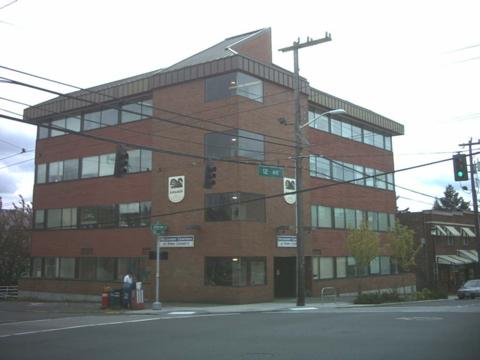Better make sure your morning coffee has a lid on it. What with the burgeoning number of roadways afflicted with broken, rutted, and cracked pavement or plagued with potholes the size of tiny ponds, it’s likely you’ll get scalded.
A new Seattle Department of Transportation report has found that about 36 percent of the city’s 1,574 lane miles of arterial streets were in some stage of poor condition last year—and 10.2 percent of those heavily trafficked streets were in “seriously poor or failed condition,” almost triple the percentage in 2010.
These troubling numbers have increased the bill accordingly. Four years ago, 26 percent of our arterials were ranked poorly, and the cost of SDOT’s backlog of deferred paving maintenance was in the neighborhood of $570 million. By the beginning of this year, that figure had rocketed to nearly $970 million.
“We need to do a better job investing in our streets,” says Scott Kubly, on the job as SDOT’s director for just five weeks. “We have really struggled with our infrastructure. It is always cheaper to maintain something than it is to replace it.”
Up on the 31st floor of the Bank of America building, home base for SDOT’s street maintenance team, director Elizabeth Shelton—like Kubly, also new to the position—is hunched over a swirl of color-coded city maps depicting arterials that pass muster and those that don’t. “What we are seeing here, really, is that some of these roads are from the 1920s, and that the rate of deteriorating pavement is moving faster than what we are spending on repairs,” says Shelton.
The worst of the arterials, paving engineer Benjamin Hansen joins in, are 24th Avenue, south of the 520 floating bridge; 10th Avenue East, through Capitol Hill; the stretch of Greenwood Avenue north of 105th Street; and 35th Avenue Southwest in West Seattle.
Seattle, of course, is not the only city grappling with this problem. The state of road decline is evident across the country. The World Economic Forum (WEF) has found that America’s infrastructure has gotten worse, compared to other countries’, over the past decade. In 2010, according to a WEF study, America ranked 23rd for overall infrastructure quality, between Spain and Chile. Its roads, railways, ports, and air-transport infrastructure were all judged mediocre against networks in northern Europe.
Closer to home, a national nonprofit transportation research group called TRIP last fall placed Seattle 12th among 20 metropolitan regions of more than 500,000 people for the number of locally and state-maintained roads in bad condition. In March 2013, TRIP reported that driving on deficient roads costs each Seattle driver $625 annually in extra vehicle operating expenses. That basically means we’re rumbling down roads so rough that they can cause costly repairs for a broken tie-rod or a busted ball joint, or maybe knock a car out of alignment.
Particularly eye-opening in SDOT’s assessment is the report that the city’s arterials are crumbling even though overall traffic volume has declined. In fact, the average amount of traffic in the city, believe it or not, dropped 7 percent between 2006 and 2012.
Heavy vehicles, such as tractor-trailers, cement trucks, garbage trucks, and buses are the chief culprits in accelerating the wear and tear on roads. Larry Gatehouse, director of the National Center for Pavement Preservation at Michigan State University, told Crosscut’s Bill Lucia earlier this month that one loaded tractor-trailer can cause the same amount of road wear as approximately 9,600 automobiles.
Says Seattle city traffic engineer Dongho Chang: “The pavement was never built to withstand these loads, and a lot of the problem is coming from the buses.”
Pavement deteriorates in two ways, explains paving engineer Ben Hansen: environmentally or structurally. “And most of the damage we are seeing is structurally, from the massive loads,” he says.
Ironically, Seattle-area residents are increasingly being encouraged to take mass transit, mainly buses, but it is the buses—there are 1,450 buses and trolleys in King County’s fleet—that are playing havoc with the city’s well-traversed arterials. Metro Transit tells us that the average weight (without passengers) of an articulated 60-foot bus ranges from 42,780 to 47,980 pounds—about 17 times the weight of a 2014 Honda Civic.
What has kept road conditions barely tolerable is the 2007 voter-approved “Bridging the Gap” levy, used to pay for major repaving jobs. The $365 million property-tax levy has, among other transportation needs and improvements, paid for the resurfacing or replacement of 205 lane miles of arterial streets. The levy is set to expire at the end of 2015.
“I am very concerned about our roads, because the more they deteriorate, the greater the cost will be to fix them,” says Tom Rasmussen, who chairs the City Council’s Transportation Committee. “I think it is likely we are going to have to go back to the voters next year for more money. We need ‘Bridging the Gap.’ It has filled a real need.”
Now it can only fill a few more potholes. In the interim, careful with that coffee.
econklin@seattleweekly.com








